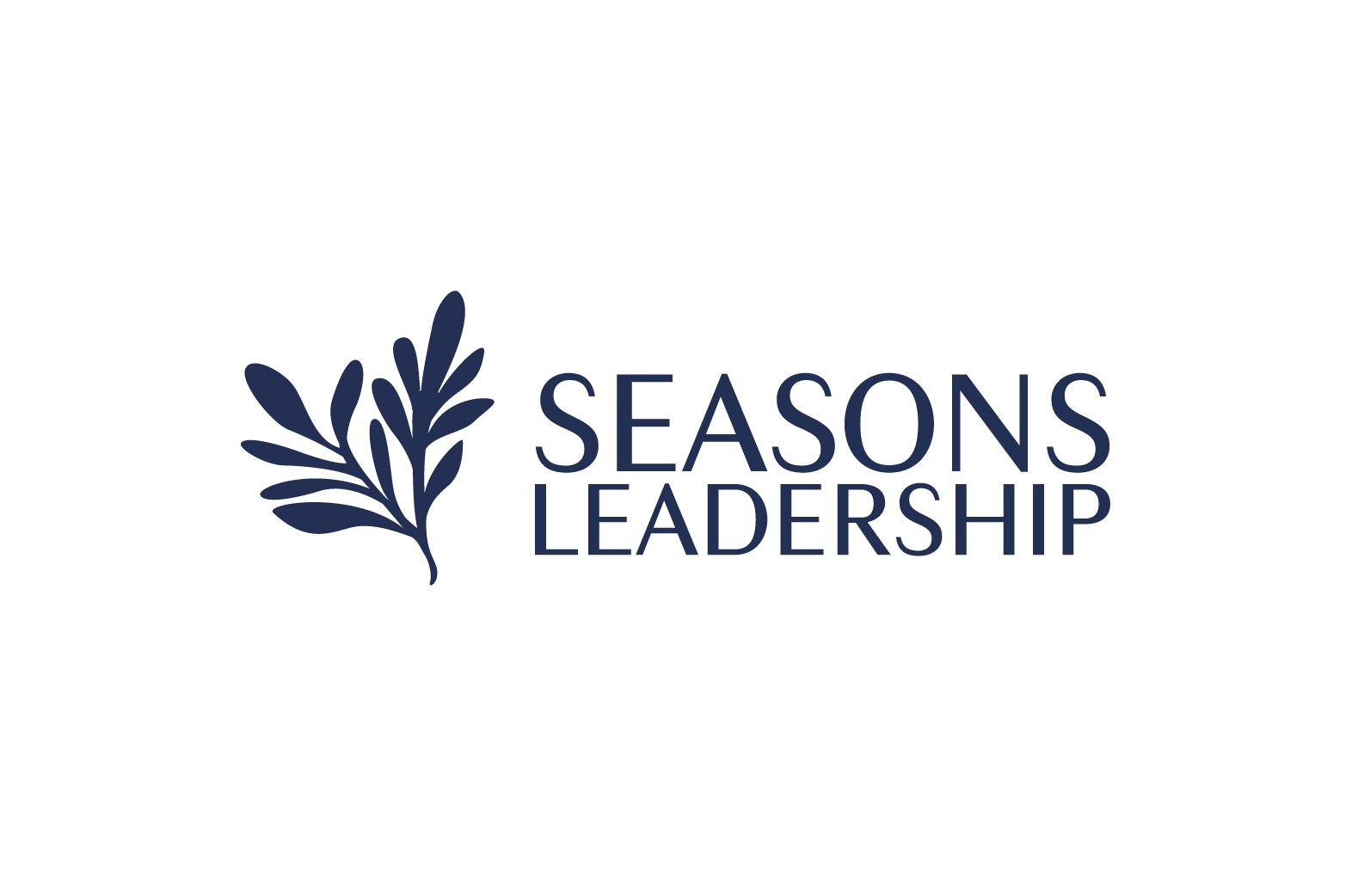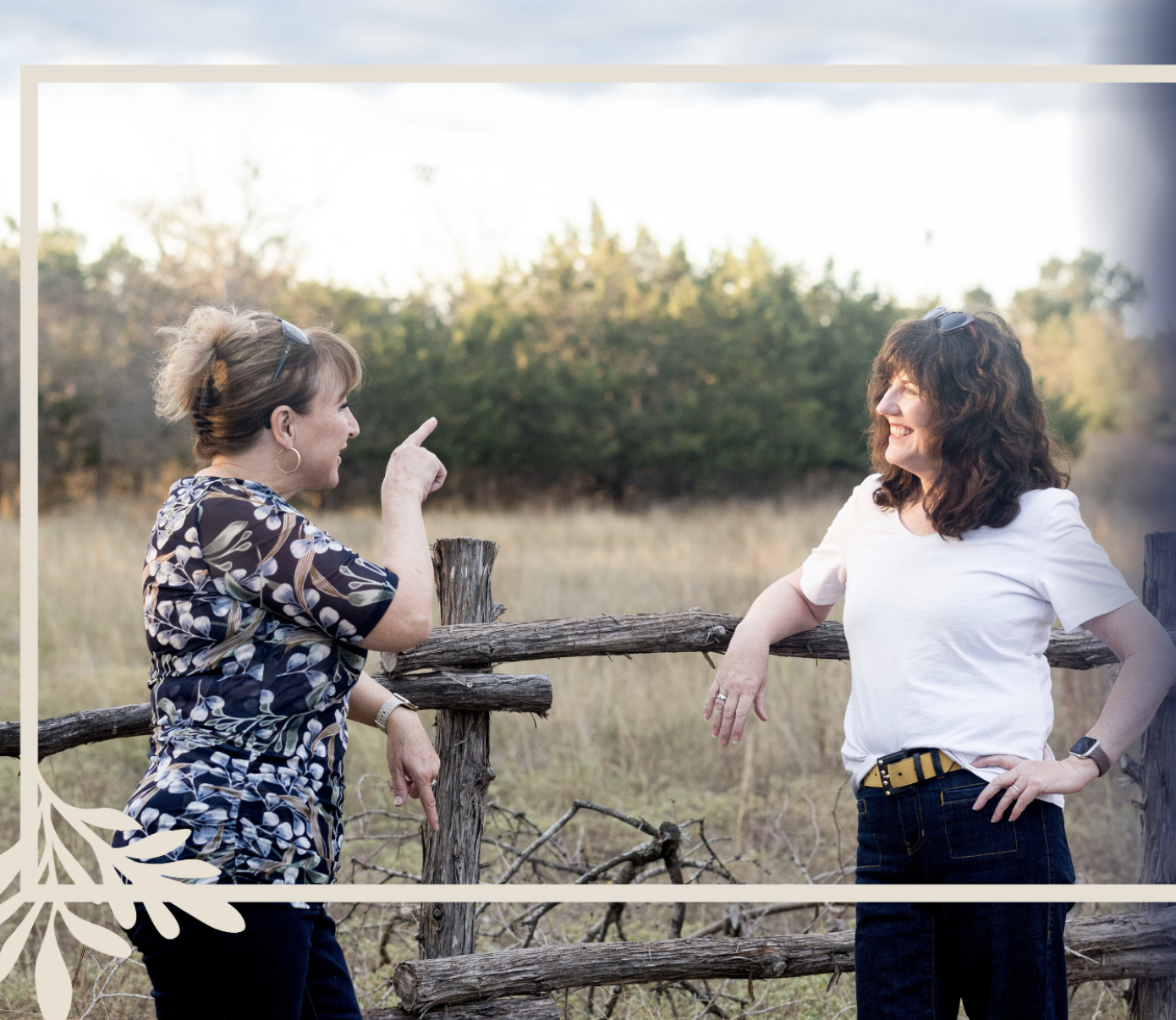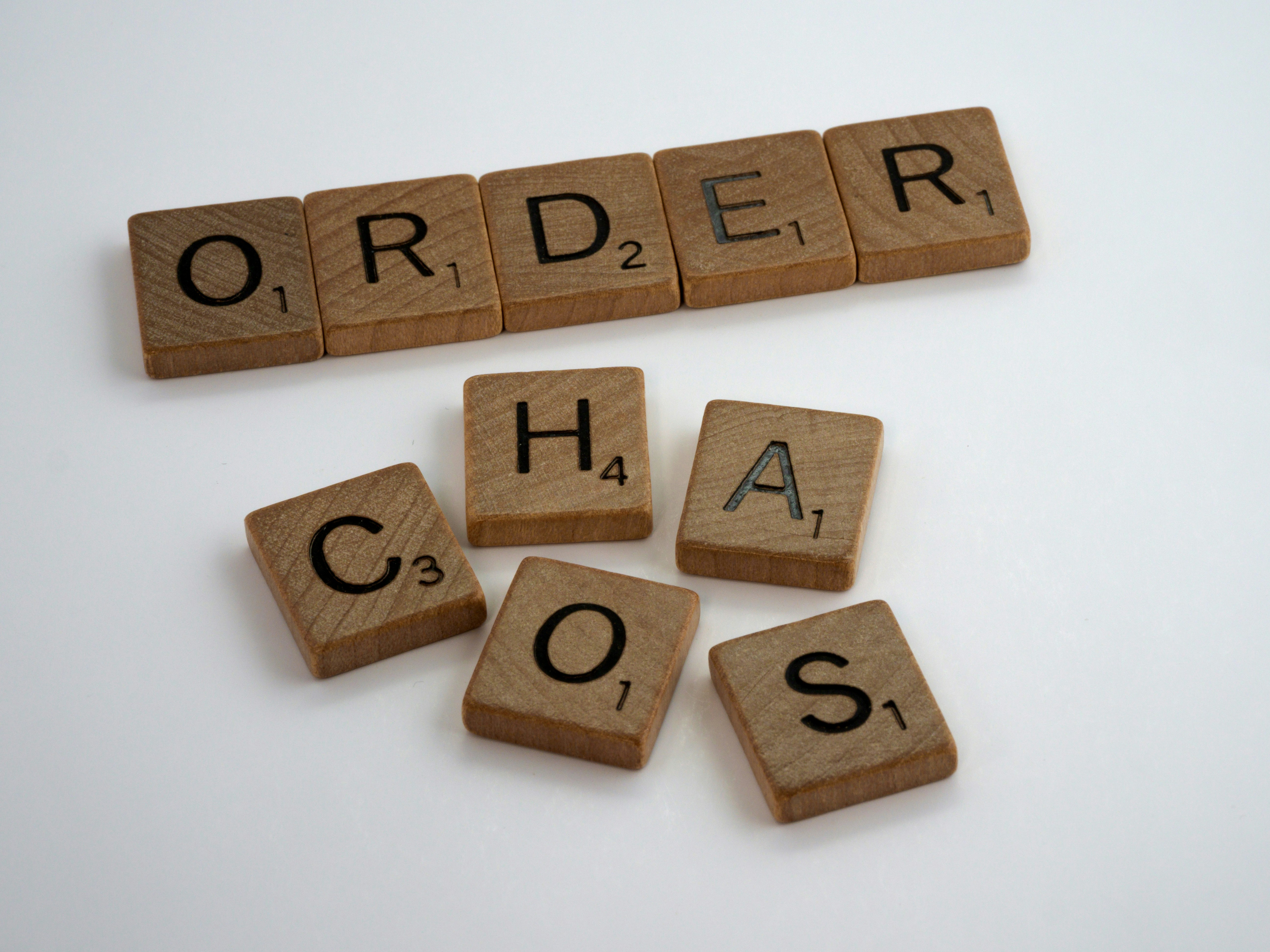“Positioning doesn't just ensure survival; it affords you the opportunity to periodically take advantage of chaos. Positioning means you're always ready for what's next.”– Shane Parrish
Several years ago,an organization I worked for held its annual awards ceremony at Caesar’s Palace in Las Vegas. The team that took top honors in business excellence –exemplifying our organizational objectives and values - were awarded a trophy. To deliver our award, our event team planned to have the Caesar Palace“Centurions” carry me in on a fancy litter to add to the atmosphere of the event. Only one problem, our event team had not clearly communicated with the hotel planning team that the litter needed to be more than a photo prop. As we were practicing, moments before our cue, the litter broke. (Luckily, no one was injured!) I asked the Centurions as our cue music started up “What’s Plan B?” They looked at each other in bewilderment and then looked back at me and shrugged their shoulders. Everyone was expecting things to go without a hitch.
Are you someone who always has a plan in your back pocket, or in the back of your mind, or even written down for when things go wrong? Or are you the person who just goes forward and doesn’t worry about what might go wrong? There is an often-quoted statement, called “Murphy’s Law” that says, “Anything that can go wrong will go wrong.” I am a pretty optimistic person by nature, so I don’t expect things to go wrong, but I also have learned throughout my life that things often don’t go the way we originally envision them.
Smart leaders take contingency planning very seriously. In business, a Plan B is often referred to as a contingency plan or a continuity of operations plan (COOP). This plan is what one can do in case the original plan goes awry. In the Baldrige Excellence Framework for Business 2021-2022, the question posed in the Business Continuity and Resilience section is: “How do you ensure that your organization can anticipate, prepare for, and recover from disasters, emergencies and other disruptions?” Does the Global Pandemic come to mind? How about wildfires, hurricanes, mudslides, etc.? There have been no shortage of things happening that individuals and businesses must respond to in order to ensure continuity. While we can’t always predict what will cause a contingency plan to be activated, we can be prepared with a plan for how we will respond when it happens.
Susan and I put this concept into action multiple times in our corporate careers and we got the opportunity to use it again during our 2020 Seasons Leadership Program. During our first (only) in-person session in March of 2020 – right when the pandemic was about to shut everything down – we realized the need to share the concept of contingency planning with our program participants. Because we were able to quickly adjust the program to include this important information, this helped our business owner and entrepreneur participants quickly adapt to the rapidly evolving situation and changing business environment.
Developing a contingency plan or COOP forces you to think analytically about your business, identify critical resources, people and vulnerabilities in advance so you will be ready when disruption occurs. Being prepared with a contingency plan helps minimize damage to the business and allow for faster and easier recovery after the disruption.
At Seasons Leadership, we teach a proven 5-step process for preparing a contingency plan(which by the way can be scaled for use by individuals, teams or businesses).
Seasons Leadership’s 5-Step Contingency Process:
1. Prepare to create your contingency plan by considering these questions (from the Baldrige Excellence Framework):
· How will we recognize and respond when circumstances require a shift in action plans and rapid execution of new plans?
· How will we respond rapidly to challenges in our operating environment?
· How do we ensure our organization is prepared for disasters or emergencies (including reliance on workforce, suppliers, tools, partners and customers)?
· What resources are critical for our business to consider?
2. Create a plan that addresses each of your critical resources.
3. Share the plan with your team.
4. During an emergency, communicate early and often with your team and customers.
5. Be ready to adjust your plan as circumstances require.
Having a contingency plan as part of your normal planning process is important. You never know when it might be needed. Back to Vegas – quick thinking and leadership were required to avert a minor catastrophe! I told the Centurions we’d stick to the original plan as closely as possible, just without the broken litter. I instructed two of the Centurions to escort me and the other two to follow behind. Our cue continued and the doors of the ballroom opened. The Centurions delivered me (and the trophy) to the stage, albeit on my own two feet! Once we got to the stage and I climbed the steps to the stage the four Centurions dropped to one knee, saluted me and called out,“Hail Debbie – Queen of Plan B!” That hadn’t been part of the new plan we discussed, they were improvising based on what they do in their everyday job, but it certainly gave the presentation a sense of ceremony! They then turned and marched out of the ballroom. After the ceremony, many of us went to explore different parts of the casino. Every time we would run into the Centurions walking around doing their normal job they would call out, “Hail the Queen of Plan B!” I still carry this title with pride today.
If you want to learn more about strategic leadership and contingency planning, join our Seasons Leadership community at www.seasonsleadership.com.














